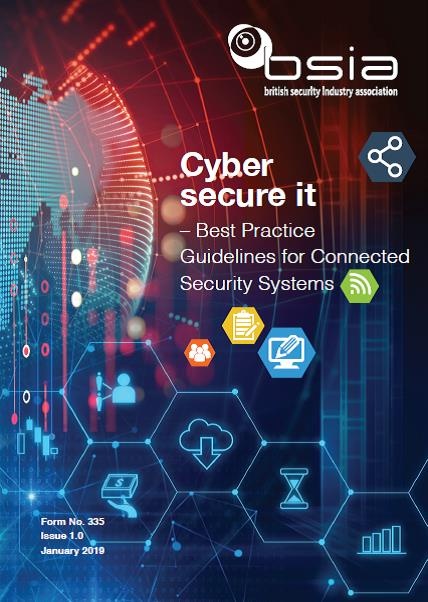Whitepaper: Guidelines to Minimise Exposure to Digital Sabotage
The BSIA has published a summary of current guidelines to minimise the exposure to digital sabotage of network connected equipment, software and systems used in electronic security...

The BSIA has published a summary of current guidelines to minimise the exposure to digital sabotage of network connected equipment, software and systems used in electronic security.
Best Practice Guidelines for Connected Security Systems was developed by the BSIA Cyber Security Product Assurance Group (CySPAG) and industry experts, and are designed to assist organisations and stakeholders involved in the manufacture, supply, installation, commissioning, maintenance, and inspection of such systems and also end users and those involved in remotely monitoring such systems. It will provide confidence throughout the supply chain promoting secure connection of products and services, instilling end user confidence in connected security solutions. The guidelines are based on international industry best practice and refer to recognised international guidance and standards.
Steve Lampett, Technical Services Manager, BSIA, said: "We think that Cyber secure it – Best Practice Guidelines for Connected Security Systems will become an invaluable guide for our industry practitioners and stakeholders alike as technology continues evolve and the internet is used to provide a better end user experience. “This will enable us to better serve our industry consumers by providing professional, safe and secure internet enabled security solutions."
Click on the button next to the image to download the whitepaper.












